Remote work makes focus feel like a moving target. Without daily visibility or in-person conversations, it’s easy for team priorities to drift. You might think everything’s on track, only to discover half the team’s been working on the wrong thing.
This article explores how misaligned priorities impact team productivity and offers simple strategies to fix them. You can monitor remote workers with a robust tracking tool and catch these issues early before they start slowing progress.
When Everyone’s Busy but Nothing Moves
Without a clear focus, even your best performers can spend hours on tasks that don’t contribute to actual goals. When you don’t catch misalignment early, progress quietly and steadily slows.
Here are a few common signs that priorities aren’t lining up the way they should:
- Unclear Weekly Direction: Without regular resets, your team ends up working on yesterday’s priorities while the actual goals keep shifting.
- Tasks Without Purpose: Work gets done, but no one really knows how it connects to anything bigger, which kills motivation and momentum.
- Silence Between Check-Ins: Small misalignments build up without frequent updates and turn into delays or duplicated efforts.
- Lack of Visibility: No one knows who’s working on what, which turns simple projects into a guessing game and makes teamwork feel clunky and disconnected.
How to Get Priorities Back on Track
You don’t need to overhaul everything to realign your team. A few clear actions can make all the difference.
Here’s what you can do to refocus your team and regain momentum:
Set & Reset Priorities Regularly
Start every week with a short sync focused on identifying and communicating the top three goals. These should be clear, outcome-driven, and tied directly to the team’s needs to move forward. Avoid vague or overly broad items. Make sure each goal has a defined deliverable, a responsible owner, and a timeline. This keeps everyone focused and removes the guesswork.
Revisit these goals midweek to make sure the team is still aligned. If something shifts, address it immediately instead of letting confusion build. Use a shared doc or workspace to keep priorities visible and easy to reference.
Software for monitoring remote employees reinforces this rhythm by showing how time is being used in real time, helping you confirm whether the team’s focus matches what was agreed on.
Link Individual Tasks to Bigger Goals
Make sure every task connects to a clear, higher-level objective. Instead of just handing off a task, give quick context about how it pushes the team closer to a key goal or outcome. Use team meetings or quick updates to reinforce the link between daily work and long-term impact. This builds clarity and motivation.
Break large goals into smaller, manageable pieces, then assign those based on strengths and capacity. Avoid assigning tasks in isolation. Employees who know the “why” behind their work make smarter decisions and take more ownership.
Hybrid and remote working monitoring software helps you track which tasks are getting the most attention and whether they align with current priorities, making it easier to spot when focus starts drifting from key goals.
Use Short, Focused Check-Ins
Replace long, infrequent meetings with short, regular check-ins that keep everyone aligned without draining energy. A quick five-minute standup or async update can surface what each person is working on, what’s getting in the way, and where support is needed. Keep it simple by asking what the main focus is for the day or week and checking if anything is unclear or slipping off track.
These check-ins aren’t about micromanaging. They’re about giving clarity and catching misalignment early before it slows things down. Consistency matters more than length.
Remote worker monitoring software gives you extra visibility between check-ins, helping you confirm whether stated priorities match up with actual work activity and keeping small issues from turning into bigger ones.
Create Shared Visibility
Studies show that 94% of employees say it’s easier to get things done when they have a clear view of what their teammates are working on.
Use a central tracker or project board where priorities, progress, and responsibilities are easy to see at a glance. Keep it updated in real time so no one’s guessing what’s been done or what still needs attention.
Assign owners to each task so accountability is built in from the start. Avoid overcomplicating it. Visibility works best when it’s simple and accessible. When everyone sees the same priorities, staying aligned and avoiding duplicated work is easier.
A monitoring tool like Insightful (ex Workpuls) complements this by revealing how the day unfolds, whether someone’s at a desk in the office, working at home, or bouncing between both. It gives you clarity that goes deeper than what’s written on the task board.
Support Alignment With Smart Tools
You don’t have to rely solely on status updates or scattered spreadsheets. An employer monitoring software can give you real-time insight into how your team’s time lines up with current priorities.
Here’s how it helps:
- Live Activity Tracking: See which tasks take the most time and whether they match current goals.
- Productivity Reports: Identify patterns, highlight distractions, and spot areas where attention is slipping.
- Proof of Progress: Use data to show what’s getting done so you can guide without micromanaging.
- Early Signals of Misalignment: Notice when focus shifts in the wrong direction, and step in early to redirect.
Conclusion
Hold regular check-ins, set clear goals, and track how time is used to keep your team focused on work that drives progress. A monitoring tool adds that extra layer of support, giving you the data to back decisions and adjust course when needed.
Focused teams don’t just work harder. They work smarter. And that’s where real progress starts.


